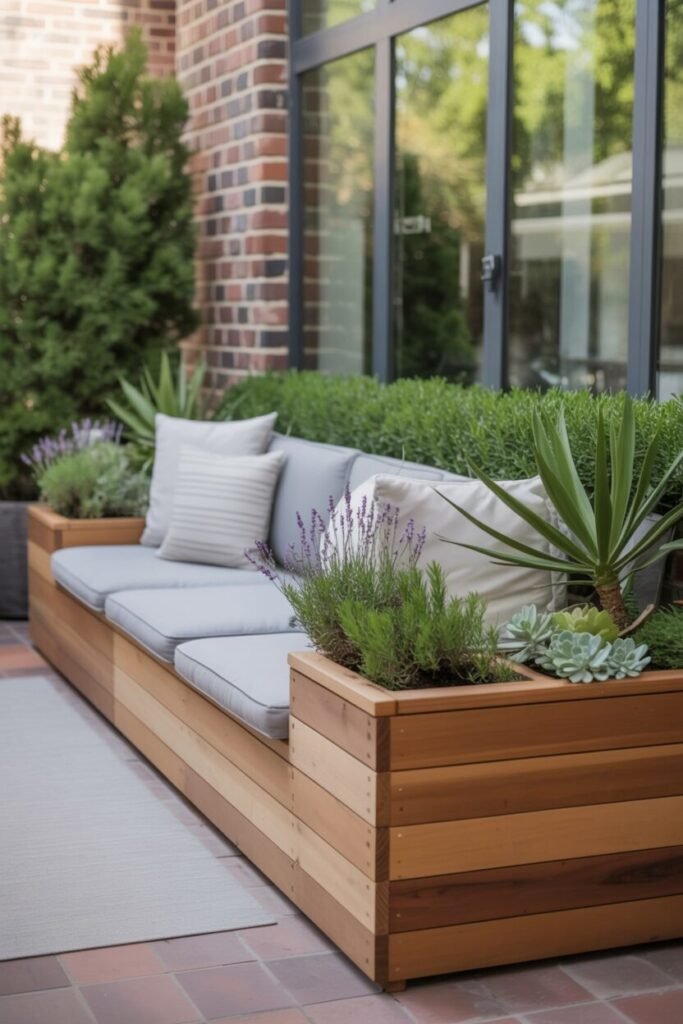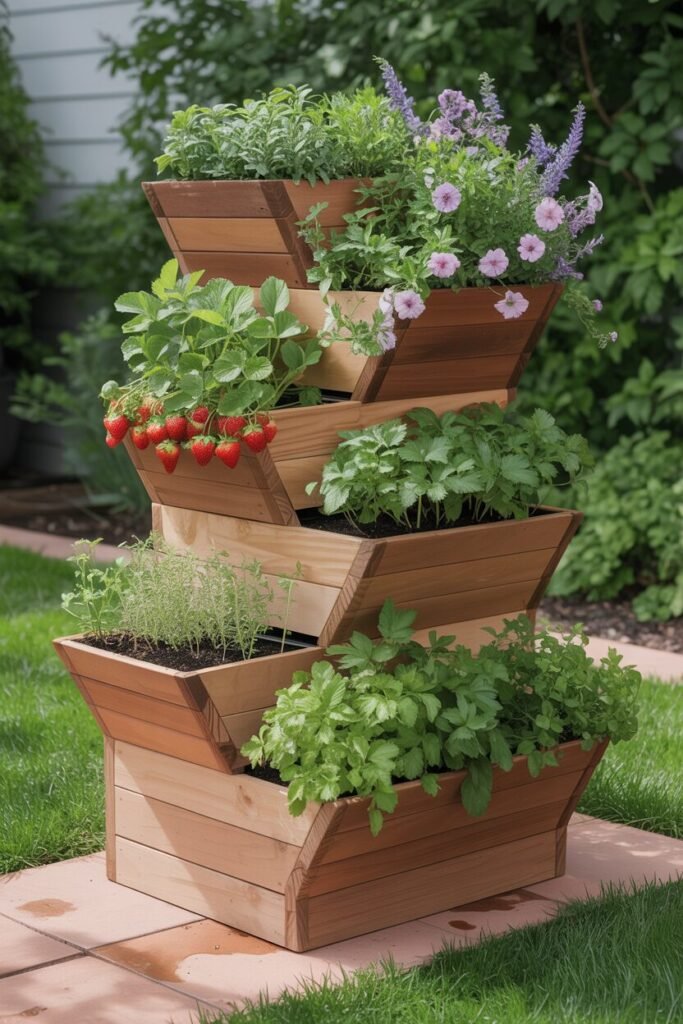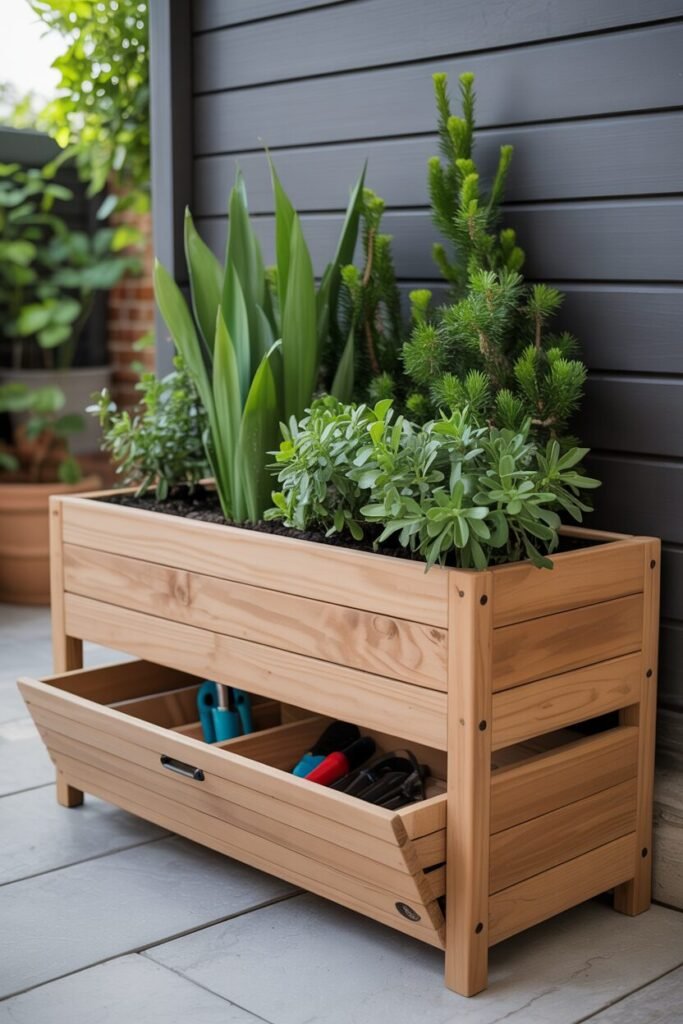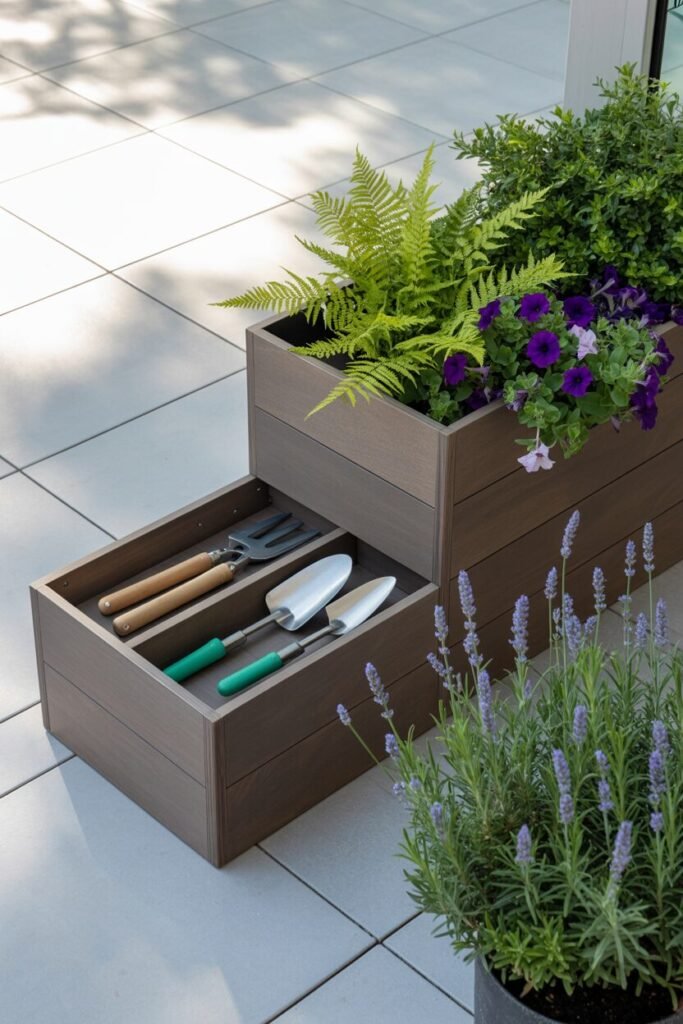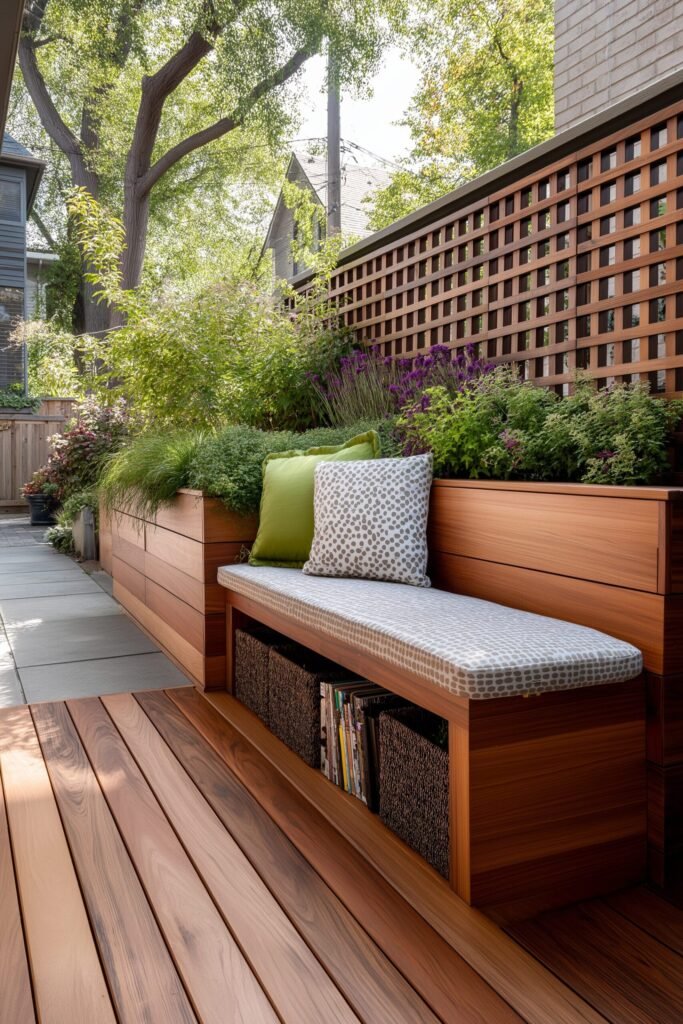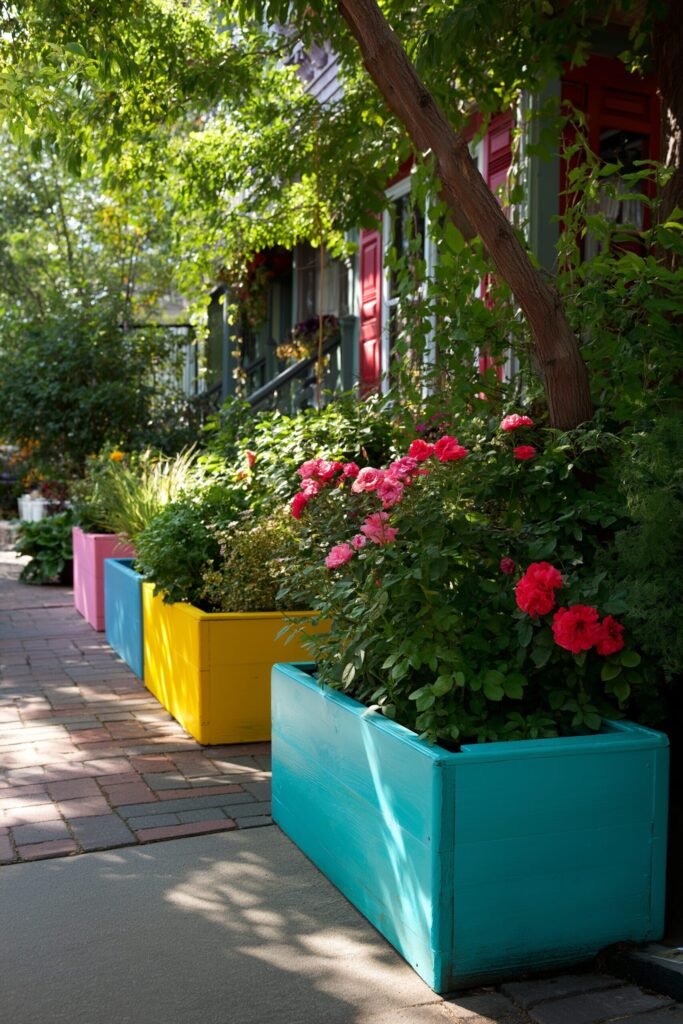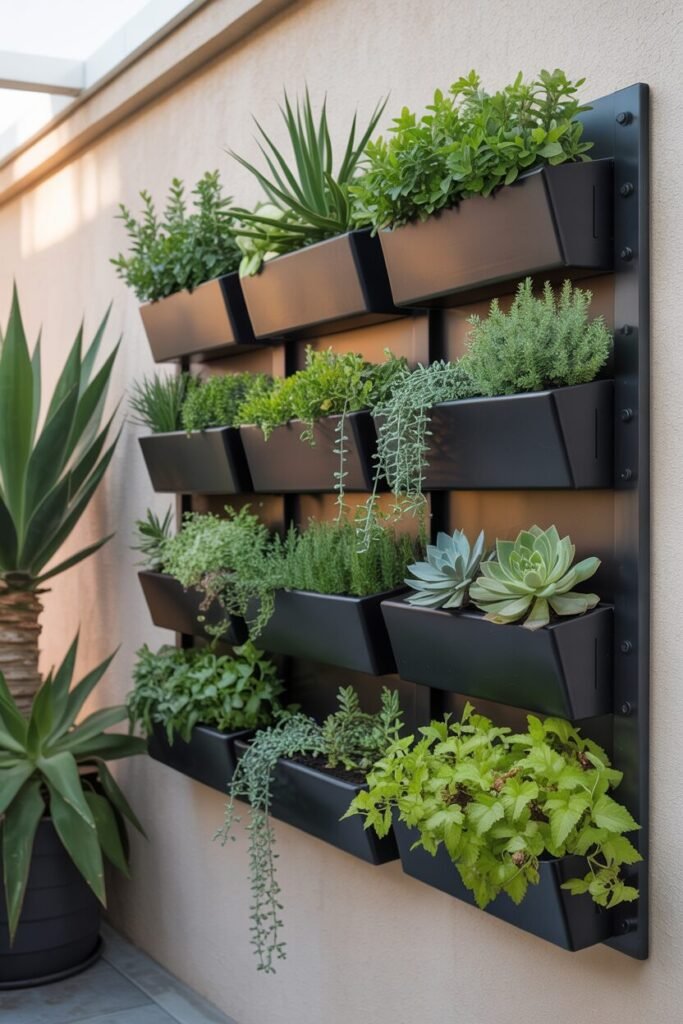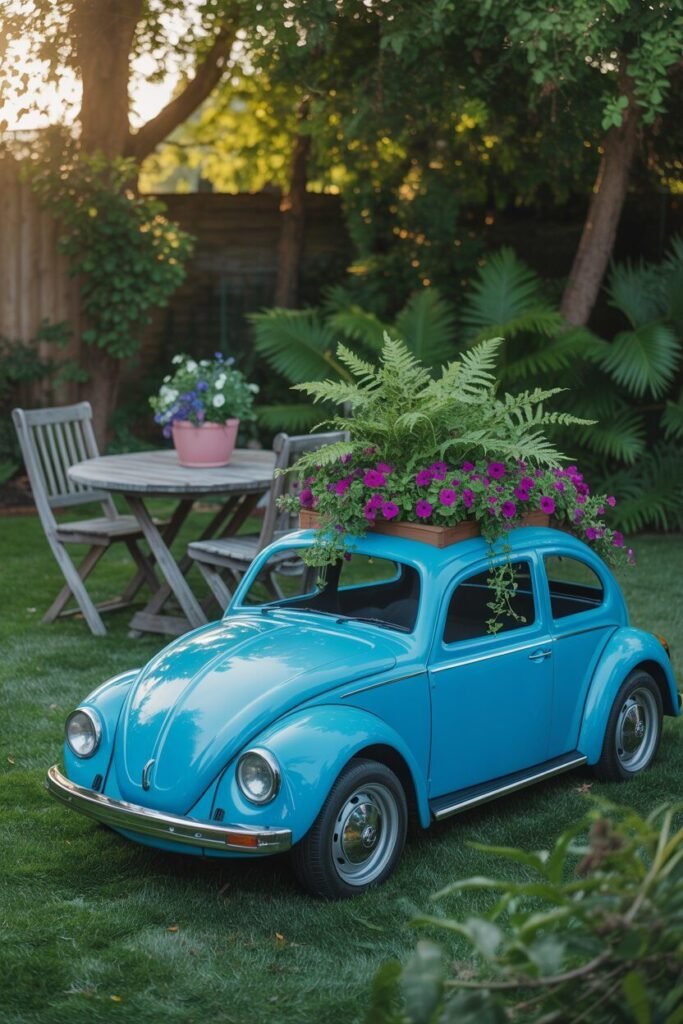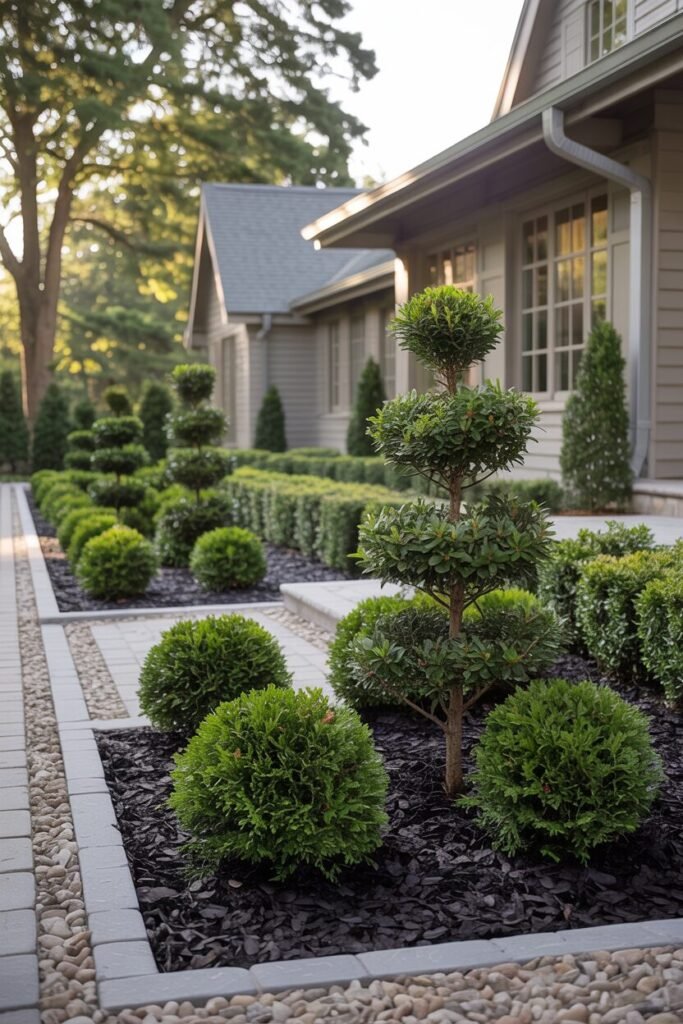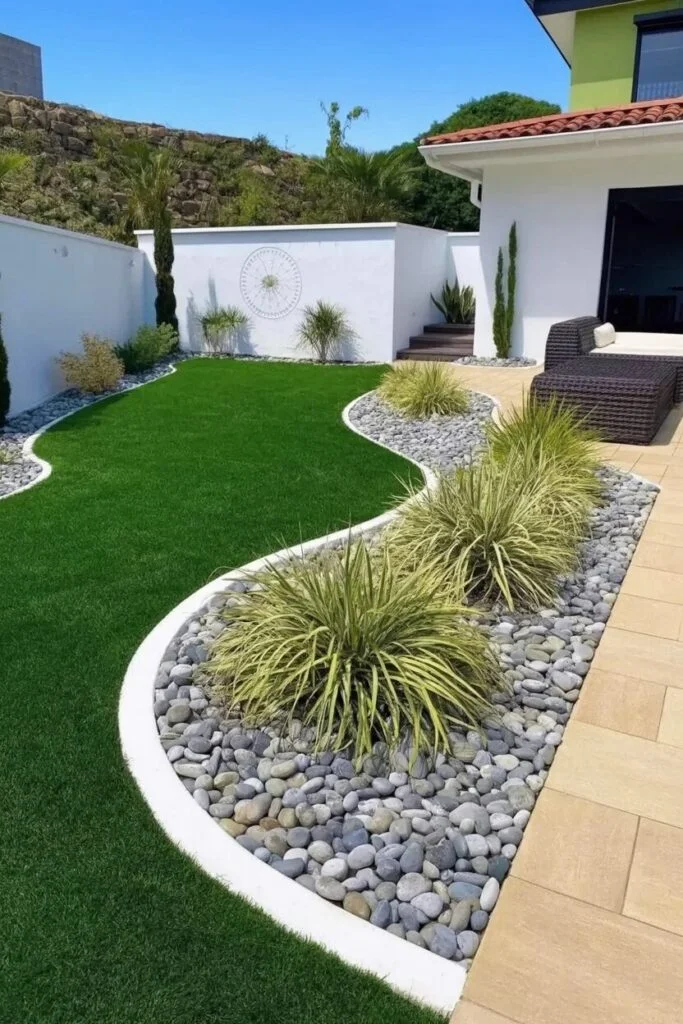How to Style Outdoor Planter Boxes the Way Pro Landscapers Do
Let’s be honest—planter boxes don’t always get the spotlight they deserve. People think of them as “just containers for plants,” but in reality, they’re mini design tools that can completely reshape the vibe of a garden, patio, or even a tiny balcony.
The beauty lies in their versatility: one planter box can act as décor, storage, a seating feature, or even a privacy screen depending on how you style it. And the best part? You don’t need to be a landscape architect to pull it off.
We’re going to explore some creative planter box ideas that prove gardening is as much about design as it is about dirt. Whether your style is coastal, rustic, or sleek modern, there’s a planter idea here that can transform your outdoor space.
Planter Box with Wheels for Easy Mobility
Sometimes the sun shifts, or your outdoor layout changes, and your plants need a new view. Enter the planter box on wheels—basically, gardening on skates.
It lets you chase the sun (or hide from it) without breaking your back. Flexibility is the big win here. Want to move herbs closer to the kitchen before dinner? Just roll them over. Need to rearrange patio furniture for a party? Slide that planter to the side.
Make sure you choose durable wheels that lock in place, so a windy day doesn’t send your basil on an adventure. This little upgrade turns plant care into a stress-free experience, while also giving you design freedom whenever inspiration strikes.
Long Rectangular Planter Boxes for Walkways
Sometimes, it’s all about symmetry. Long rectangular planter boxes lining a walkway create a sense of order and elegance. They frame your path like a green runway, guiding guests straight to the door.
Seasonal flowers, tall grasses, or even small shrubs work beautifully here. Consistency is the secret sauce—stick to a few plant varieties for a cohesive, polished look.
Want to elevate the design? Place solar lights in between boxes for a glow-up at night. It’s a straightforward but high-impact way to make entrances feel more welcoming, like a subtle red carpet moment for anyone walking in.
Tiered Vertical Planter Box for Small Backyards
When space is tight, a tiered vertical planter box swoops in like the superhero of gardening. Instead of spreading plants across the ground, you’re stacking them upward, creating a lush green “staircase.”
The layered design isn’t just practical—it’s eye candy. Picture strawberries cascading on one tier, herbs standing proud on another, and flowers tumbling from the top. Small yard? Zero problem. The vertical layout also makes watering easier, since water trickles down through levels.
Insider tip: plant thirstier herbs at the bottom so they soak up extra drips. This design makes you feel like a pro gardener with a greenhouse-level yield, even if your backyard is basically the size of a yoga mat.
Planter Box with Built-In Storage
This idea solves two problems at once: where to put plants and where to stash tools. A planter box with storage underneath is a genius way to keep trowels, gloves, and extra soil out of sight but within reach.
It’s a sleek upgrade for patios that tend to get cluttered. Function meets beauty, and your garden suddenly feels organized. Pro insight: line the storage compartment to keep tools dry and rust-free.
This design is especially handy if you’re the type who loses pruners every other week (we’ve all been there). Plus, it feels custom-built, which is always a win when it comes to outdoor style.
Whitewashed Coastal-Style Planter Boxes
If you’re dreaming of coastal vibes, a whitewashed planter box brings the beach to your porch. You can fill it with ornamental grasses, succulents, or pale blue flowers to complete the seaside aesthetic.
The distressed white finish instantly creates a breezy, sun-bleached look. It’s simple but very effective at making spaces feel light, airy, and relaxed. If you’re doing it DIY, all you need is paint, sandpaper, and some patience.
These planters also pair beautifully with wicker furniture or striped cushions, so the theme flows naturally. It’s a small design detail that makes a big impact, turning your porch into a coastal escape even if you’re miles from the shore.
Raised Planter Box for Vegetables
If you love fresh veggies but hate crouching like a frog, a raised planter box is your new best friend. You can consider to choose cedar (optional) because it isn’t just pretty—it’s naturally resistant to rot and insects, so your box will last years.
The raised design makes weeding, watering, and harvesting a breeze. Goodbye back pain, hello convenience. Want better results? Fill it with a mix of quality soil and compost, and rotate crops each season to keep soil healthy.
And once you grow tomatoes at eye level, you’ll never go back to bending over again. A (pretty high) raised planter box can also keep bunnies and other snacky critters at bay.
Built-In Planter Box Seating Bench
This is the kind of design that makes guests go, “Wait, why didn’t I think of that?” A seating bench with a planter box built in is the ultimate space-saver.
You get cozy seating plus a splash of greenery, all in one structure. Perfect for small patios, it creates an intimate vibe where plants and people literally mingle. The key is choosing plants that complement the setting—lavender for fragrance, succulents for low maintenance, or even ornamental grasses for movement.
Pro tip: use weather-resistant cushions so the whole setup feels inviting year-round. Not only does it look custom-designed, but it also doubles as a conversation starter. Honestly, you’ll end up spending more time outdoors just because your bench looks so good.
Painted Colorful Planter Boxes for Playfulness
Planter boxes don’t have to be neutral. In fact, a splash of color can instantly liven up a bland garden corner. Painted planter boxes act like oversized crayons for your yard.
Imagine turquoise against green leaves, or sunny yellow complementing red flowers—color theory at its finest. The trick is sealing the paint with a weatherproof finish, so your masterpiece doesn’t peel after one rainy week.
If you’re into DIY, this is a weekend project that requires minimal skill but yields maximum charm. Bonus: switch paint colors every few years to match evolving garden styles. It’s low-cost, cheerful, and just plain fun—your neighbors will secretly want to copy you.
READ MORE >> “9+ Coral Bells Landscaping Ideas to Elevate Your Front Yard“
Narrow Balcony Railing Planter for Herbs
Apartment living doesn’t mean you have to give up on gardening. A narrow railing planter box makes balcony space work double-time.
Herbs are the best choice—they’re compact, fragrant, and perfect for quick snips while cooking. Picture basil, thyme, and mint all within arm’s reach of your morning coffee spot. Pro tip: choose lightweight soil so your railing doesn’t turn into a gym workout.
You’ll also want to add a drainage tray underneath to avoid drips on neighbors below (they’ll thank you). The best part? These planters turn a bland railing into a mini-green oasis, making your balcony feel more like a secret garden than a metal perch.
Hanging Wall-Mounted Planter Box System
Running out of floor space? Go vertical. A wall-mounted planter box system transforms bare walls into lush living art. It’s like having a garden gallery right outside your home.
Herbs, succulents, or trailing vines thrive in this setup. The best part? It doubles as décor—functional and decorative in one. Pro tip: install a drip irrigation line to save yourself from constant watering, especially if you cover a large wall.
This design makes small patios feel lush, maximizing every square inch of vertical real estate. It’s an easy way to flex your gardening creativity while also showing off a seriously Instagram-worthy backdrop.
READ MORE >> “9+ Gorgeous No Grass Front Yard Landscaping Ideas“
Plant More, Style Smarter, Live Greener
At the end of the day, planter boxes are proof that small design choices can deliver outsized impact. From rolling planters that follow the sun to whitewashed boxes that channel coastal charm, each idea has the power to elevate both function and style in your outdoor spaces.
The real win is how flexible they are—you can DIY them on a budget, customize them to fit your home’s aesthetic, or even repurpose old materials for a greener approach. Our tip: start with one design that feels doable, test it, and let the inspiration grow from there. With the right planter box, your garden isn’t just growing plants—it’s growing personality.

